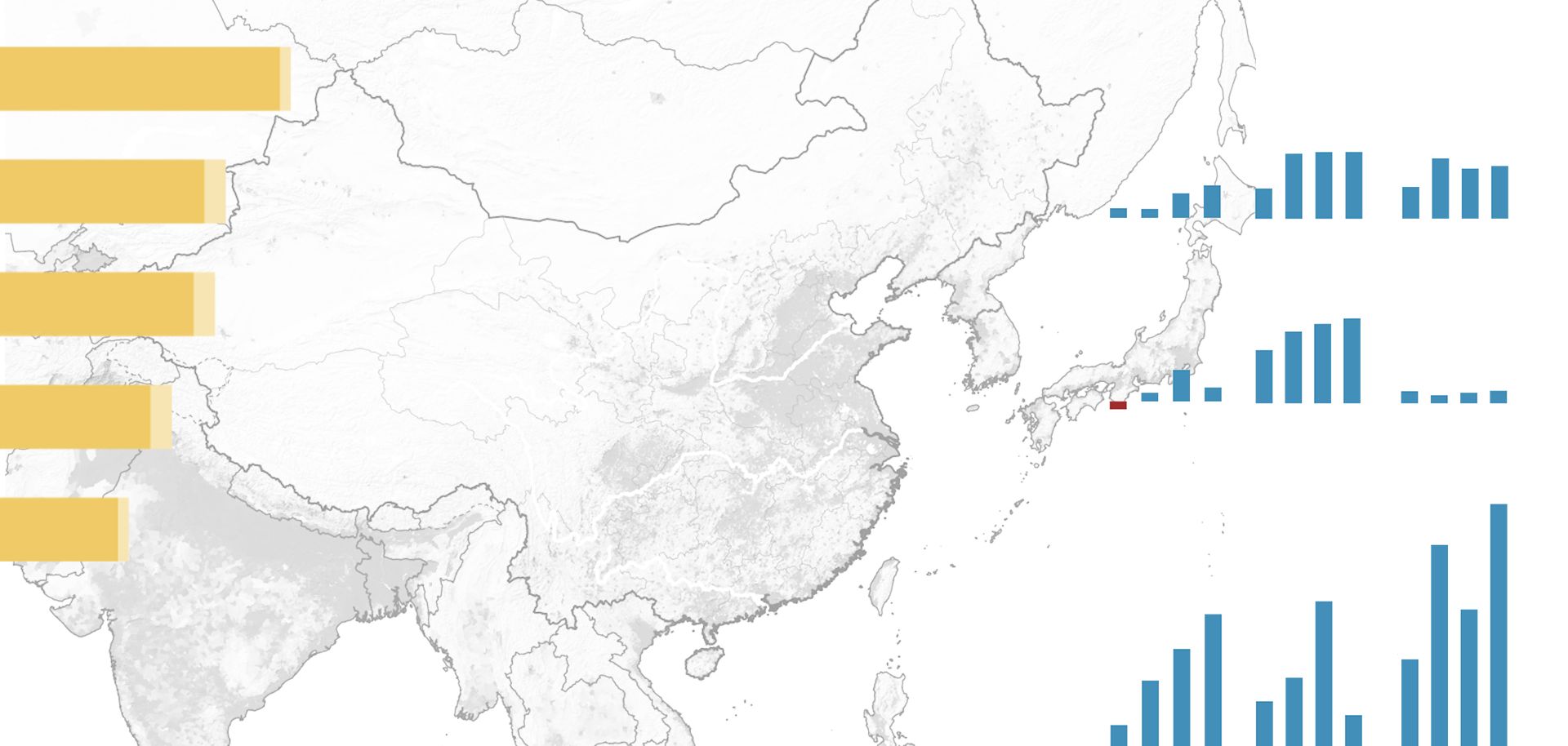
When Ronald Reagan assumed the presidency in 1981, the U.S. economy was moribund. To revive it, he introduced tax cuts and a deregulation campaign, while Fed Chairman Paul Volcker took interest rates to unprecedented heights in an effort to beat back inflation. The result was a staggering 45 percent rise in the dollar's value from 1980 to 1985. The dollar's might prompted talk of protectionist measures in Congress, which, in turn, encouraged the United States' main trade partners to come together in September 1985 at New York's Plaza Hotel to negotiate a joint solution with the United States. During the meeting, the central banks of the United States, Japan, West Germany, France and the United Kingdom agreed to coordinate interventions in the currency markets until the dollar had depreciated by 10 percent. And so the Plaza Accord was born. The deal was a huge success. The dollar fell further than its 10 percent target. But the agreement also produced some unexpected side effects, including Japan's decadeslong economic malaise. By 1995, the practice fell out of favor.
If the value of today's dollar keeps climbing, an attempt to resurrect the multilateral intervention model may be reconsidered as an option. U.S. President Donald Trump's administration, however, would have a much harder time convincing its counterparts around the world of the need to stage an intervention. In 1985, there was little doubt that the dollar was overvalued. Its growth could only be the result of a market overshoot that needed correcting. Today, by contrast, the dollar's strength is largely due to a mismatch in monetary cycles. Since the United States pulled out of its economic recession more quickly than did Europe or Japan in the wake of the 2008 financial crisis, it got a head start on tightening its monetary policy. Consequently, a multilateral intervention to even the playing field would be a tough sell.
The geopolitical climate is also much different today than it was when the Plaza Accord was signed. In 1985, the Cold War was still underway. Japan and West Germany were still part of a grand alliance with the United States against the Soviet Union. So when Washington proposed coordinating currencies, they were motivated to sign on with the idea. Today, the world's largest liberal economies no longer have a single adversary to unite against. Germany, now unified, is a member of the eurozone, meaning that any currency agreement would have to include all 19 countries in the monetary union. Japan's leaders, meanwhile, are pursuing reforms that would make the country less dependent on the United States for its security needs. Besides, because of its overall economic clout and its trade ties with the United States, China would likely be at the heart of an updated Plaza Accord.



